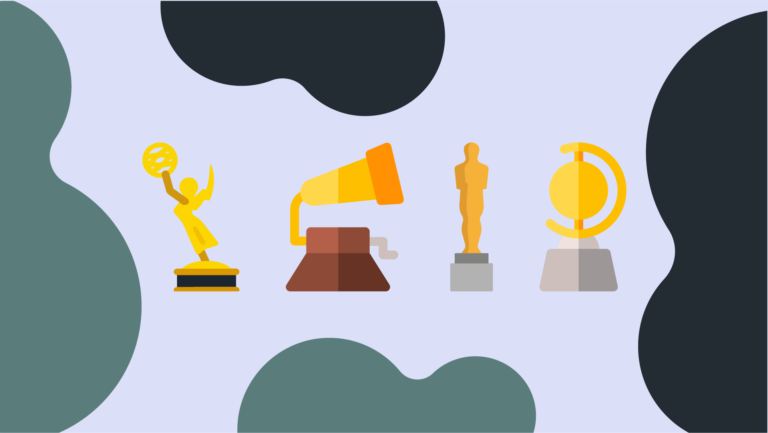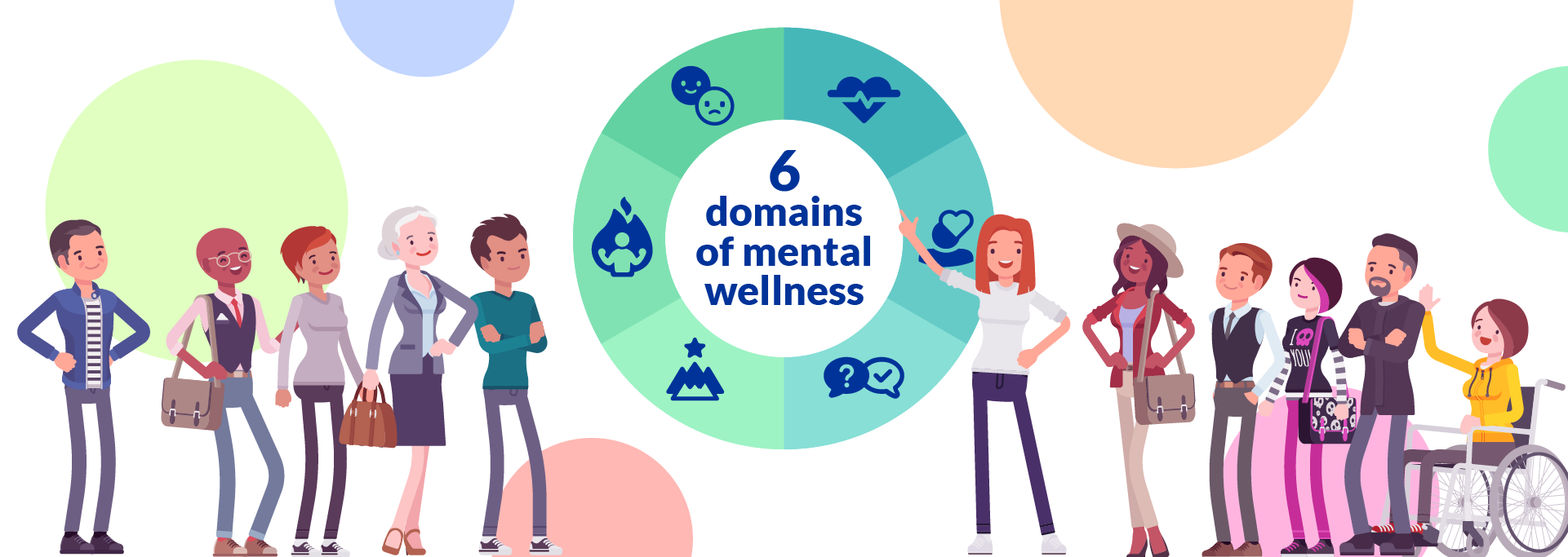Dyslexia – the unknown superpower
When you hear the term superpower what do you think of? X-ray vision, invisibility, or my personal favourite the ability to fly? Imagine a world where you could fly to work rather than catch an overcrowded bus. Of course, all these superpowers are the work of the imagination but what if there was a real superpower that around 10% of the UK population had? A superpower that gave those people the unique ability to think differently, see the world differently. Well you’ve probably already heard of it; I’m talking about dyslexia.
Over the last few months, I’d been aware of dyslexia making it into the headlines. This Morning host, Holly Willoughby, has recently spoken about the struggles she experienced having dyslexia. Earlier in the year Strictly Come Dancing star AJ Pritchard and his brother Curtis discussed growing up with dyslexia. Even royalty have spoken out about dyslexia. In May, Princess Beatrice spoke about her life with the learning difficulty. This got me wondering what other well-known dyslexics there were and how their unique ability might have empowered them to achieve their goals.

Dyslexia can throw a whole host of challenges at you on a daily basis. But the different perspective it gives you can also provide you with a whole host of solutions. Read on to feel inspired, like I did, as I share my research into how these well-known dyslexics overcame the challenges they faced, not in spite of their learning disability but often because of it.
Sally Gardner – Award-winning author
You may think being dyslexic would mean you wouldn’t excel in reading and writing. Award winning children’s author, Sally Gardner, proves that is not the case. Yes, she found reading and writing difficult growing up, which was not helped by the lack of support she received. Her teachers labelled her ‘unteachable’ which contributed to her learning to read at the age of 14. However, once she left mainstream school and joined art college there was no stopping her. She was in a learning environment that suited her strengths. She left art college with a first-class honours degree and won a prestigious award to become a theatre designer.
Between 2005 and 2007 her children’s books were shortlisted for the British Children’s Book of the Year and the Stockton Children’s Book of the Year as well as winning Nestlé Children’s Book Prize for ages 9 to 11 years.
Sally has become an advocate for dyslexia awareness. She has conducted many interviews and talks where she addresses the way dyslexia gave Sally her success. In a 2014 interview with The Guardian, for Dyslexia Awareness Week, she said “It’s taken me years to be proud of having dyslexia. So, if you have it, be brave… I think dyslexia has amazing gifts to give, so don’t despair. Your gift is there.”
John Lennon – World-renowned musician
As I grew up just outside Liverpool, it wouldn’t feel right if my list didn’t include at least one Scouser. Like many dyslexics John Lennon was never officially diagnosed. However, he had several traits that are common with dyslexia, for example difficulty spelling and retaining information. A fan of music from an early age, he would find it difficult to remember other people’s music and lyrics. He would therefore make up his own words to the melody. A coping mechanism that he used to build a whole career in song writing that the world over would come to know well and love.
Whoopi Goldberg – EGOT-winning actress
Whoopi Goldberg has had an amazing career, which started at the age of 14. At one point she was the highest paid female actor in Hollywood and is also one of only 15 people to have won an EGOT (an Emmy, Grammy, Oscar and Tony award). I personally feel her best work is Sister Act and Sister Act 2, which I have been known to watch back to back on more than one occasion. Growing up she was often labelled as lazy or stupid by her teachers due to her dyslexia. Being dyslexic meant she learnt differently to the ‘conventional’ way. She would retain information a lot easier if it was told to her but would struggle with any written information. She’s taken this way of learning into her acting career and will often get people to read her script to her to help her memorise the lines.

Cher – Singer and Oscar winning actress
Like many people growing up in the 1950’s and 60’s American singer, and my go to karaoke artist, Cher, went through school without being diagnosed with dyslexia. It wasn’t until she was 30 and her son was being assessed for dyslexia that she realised they shared some of the same learning traits and she got herself assessed.
Growing up she found it difficult to read quickly enough to get her homework done. Unfortunately, there wasn’t the knowledge or support there is today. Since discovering she was dyslexic, she has worn the label with pride. When asked if she would change having dyslexia she replied “No! It caused pain, but it’s me!”
Jamie Oliver - Chef and restaurateur
Unlike the well-known people above, celebrity chef, Jamie Oliver, was diagnosed with dyslexia while he was still in school. Like many dyslexics he found he performed best in creative subjects, where he needed to use his hands.
At secondary school Jamie’s dyslexia got him labelled as ‘special needs’ and for five years he received extra support. Discussing his time at school Jamie said “I was given all the support for the time but it wasn’t my place to shine.”
I’ve no doubt Jamie Oliver would have benefitted from the likes of Sally Gardner and Whoopi Goldberg speaking out about their experiences with dyslexia, even if it was just a case of teachers getting a better understanding of how to personalise learning to meet the individual’s needs.
Leonardo da Vinci – Renaissance artist and engineer
Famous for painting the Mona Lisa and The Last Supper, Leonardo da Vinci grew up over 400 years before dyslexia was even discovered. Therefore, it’s impossible to know for sure if he did have the learning difficulty. However, his work displays many traits associated with dyslexia. Not only did he excel in creative activities such as painting but he also had several different ways of writing the same word, he would often write his notes in reverse mirror image, a trait which is sometimes shared by left-handed dyslexic adults.
Something to be proud of
Many of the people I have mentioned were given labels rather than seen as individuals. Despite this, they found ways on their own to adapt their learning, whether that be getting someone to read the information to them or excelling in creative subjects. These individuals understood the value they could provide even when the environment they were in was not able to provide the support and tools they needed. Today, we have numerous specialist software and dyslexia support professionals who are highly skilled at understanding an individual and helping them find their superpower.
Like all good superpowers, having a learning disability can also leave individuals subject to criticism. Many people with learning difficulties also report mental health disorders such as anxiety and depression, often caused by frustration and low self-esteem experienced in the classroom.
The eagle eyed among you may have noticed our company logos have looked slightly different this month. Throughout October we have been celebrating Dyslexia Awareness Month by joining the #GoRedForDyslexia campaign. You can find out more about this here. By getting involved in #GoRedForDyslexia and more well-known dyslexics coming forward and shouting about their super power I hope we can see an end to the stigma dyslexics can still encounter. I’d like to end with this quote by John Lennon which I think can apply, not just to people with dyslexia but anyone who feels they might be slightly different and not sure how to embrace this:
“You don’t need anybody to tell you who you are or what you are. You are what you are!”
Other blog articles
























